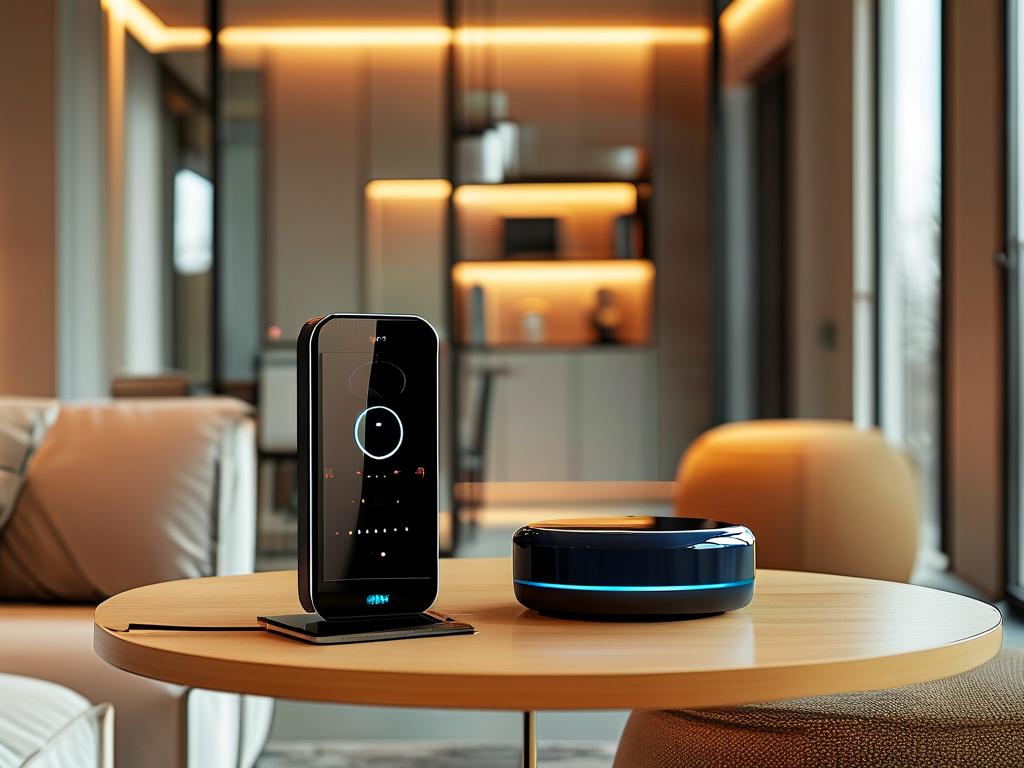The landscape of embedded systems development is undergoing a transformative shift, driven by the rise of no-code platforms. Traditionally, creating embedded solutions required deep expertise in programming languages like C or Python, along with hardware-specific knowledge. However, no-code tools are democratizing access to this field, enabling engineers, hobbyists, and even non-technical users to build sophisticated IoT devices without writing a single line of code.

The Challenge of Traditional Embedded Development
Embedded systems form the backbone of modern IoT applications, from smart home devices to industrial automation. Yet, developing these systems has historically been time-consuming and resource-intensive. Engineers must navigate complex toolchains, debug low-level code, and ensure compatibility between hardware and software. For startups or small teams, these barriers often delay product launches and inflate costs.
No-code platforms address these challenges by abstracting the underlying complexity. Instead of manually coding firmware or configuring registers, users can leverage visual interfaces and pre-built modules. For example, a temperature sensor’s data collection logic can be designed using drag-and-drop blocks, while wireless communication protocols like Bluetooth or LoRaWAN are configured through dropdown menus.
Key Features of No-Code Embedded Platforms
- Visual Workflow Design: Tools like Node-RED and platforms from vendors such as Particle or balena provide graphical editors to map device behavior. Users connect functional blocks (e.g., “read sensor,” “send data”) to define workflows.
- Hardware Agnosticism: Many platforms support multiple microcontroller units (MCUs) and single-board computers (SBCs), reducing vendor lock-in. A Raspberry Pi project can be migrated to an ESP32 with minimal adjustments.
- Cloud Integration: Built-in connectors for AWS IoT, Azure, or Google Cloud simplify data routing. For instance, sensor data can be automatically stored in a database or trigger cloud-based analytics.
- Over-the-Air (OTA) Updates: Deploy firmware updates remotely without physical access to devices—a critical feature for large-scale deployments.
A practical example illustrates this shift. Consider a smart agriculture system that monitors soil moisture. Using a no-code platform, a farmer could:
- Select a soil sensor module and link it to an MCU.
- Set thresholds for irrigation triggers via a visual dashboard.
- Integrate weather API data to adjust watering schedules dynamically.
All without writing code, yet achieving a fully functional solution.
Bridging the Skills Gap
No-code tools are particularly impactful in bridging the talent gap. According to a 2023 Embedded Market Study, 68% of companies struggle to hire qualified firmware developers. By lowering the technical barrier, these platforms allow mechanical engineers or product designers to prototype ideas independently. Startups can validate concepts faster, while enterprises accelerate internal innovation cycles.
Critics argue that no-code solutions lack flexibility for highly customized applications. While this may hold true for edge cases, most IoT use cases—data logging, remote monitoring, basic automation—fit well within the capabilities of modern platforms. For advanced requirements, hybrid approaches allow injecting custom code snippets into predefined workflows.
The Future of Embedded Development
As no-code platforms evolve, expect tighter integration with AI and machine learning. Imagine training a model to predict equipment failures and embedding it directly into a microcontroller using a no-code interface. Additionally, advancements in edge computing will enable more processing to occur on-device, reducing reliance on cloud services.
Industry leaders are taking note. Arm’s Mbed OS now offers no-code extensions for rapid prototyping, while Arduino’s Project Hub features community-built templates for common IoT scenarios. Even semiconductor giants like STMicroelectronics and NXP are partnering with no-code vendors to streamline hardware-software co-design.
For developers, this shift doesn’t eliminate the need for coding skills but redefines their role. Instead of focusing on syntax, engineers can prioritize system architecture, optimization, and innovation. As one embedded developer remarked: “No-code lets me spend less time debugging pointers and more time solving real-world problems.”
In , no-code development is not a fleeting trend but a fundamental enabler for the next wave of IoT innovation. By empowering a broader audience to participate in embedded systems creation, these tools are accelerating the transition from idea to implementation—one drag-and-drop module at a time.









